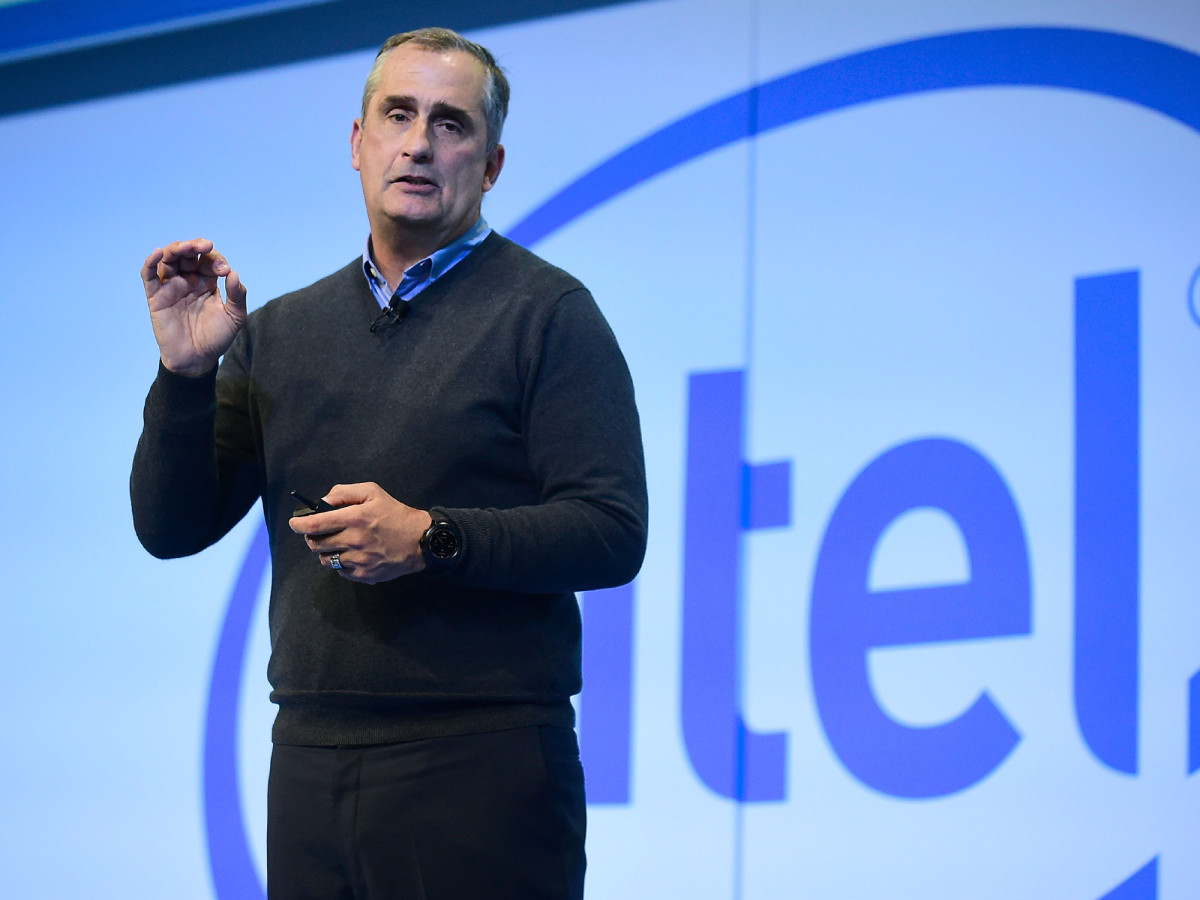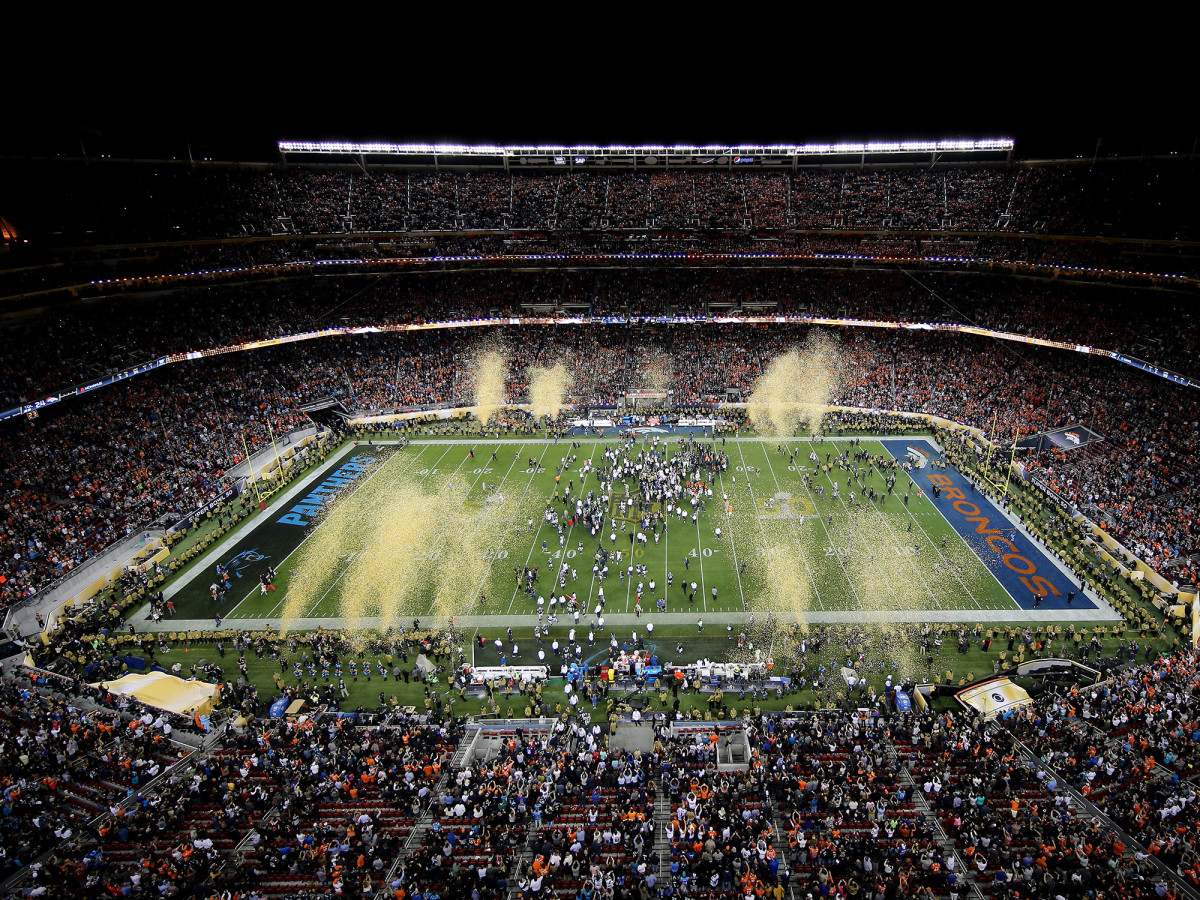The future of virtual experiences in sports: Merged reality combines virtual, augmented

Half a century after the first VR headset was built by American computer scientist Ivan Sutherland, virtual reality still isn’t quite reality. But Intel’s CEO Brian Krzanich is banking on his company to fix that, and sports, he believes, might be the perfect playground for VR.
At Intel’s press event at CES 2017, the company live streamed a Butler-Villanova men’s basketball game in VR, using footage captured by a six-camera pod, and also showed a 3D replay of a Read Madrid-Barcelona soccer game generated using 36 cameras placed around the Camp Nou stadium in Barcelona.
For fans, says Krzanich, “our goal is that you could take any sport and through VR pick your seat.” Selling virtual tickets could significantly add to league revenues, especially since major teams already have the untapped potential of fanbases that just won’t physically fit inside their stadiums.

Last year, the Pokémon Go craze introduced many people to the idea of augmented reality, where computer generated entities are inserted into a view of the real world. Intel’s spin on this is merged reality, where real-world objects are inserted into the virtual world, and users can explore that world without fear of tripping over reality. The company plans to release its Project Alloy merged reality headsets to consumers by the end of this year, with the focus being on gaming.
In a way, virtual reality feels like a solution waiting for a problem. It is fun and interesting to watch sports in VR, but not essential in the way that following a live game is all-but impossible without a radio or a television. And VR headsets are few and far between. Everyone who owns a car almost by default owns a radio, and there are 260 million cars in the U.S. Almost everyone who owns a home owns a TV, and there are 120 million homes in the U.S. In comparison, in 2016, only about 10 million VR headsets were sold worldwide. Ownership numbers are growing, but the available VR content has not yet made the headsets indispensible.
Indian brand Boltt aims to change the game with AI-powered fitness wearable devices
Sports, according to Krzanich, might offer that content. You need to experience sports events live and they just aren’t the same when you’re not in the stadium.
Last year Intel installed its 360-degree replay technology at Levi’s stadium—the 49ers home is barely a mile away from Intel’s HQ in Santa Clara, Calif. Using the footage from 36 cameras, the company can create a 3D model of each Niners home game and recreate a view of the action from any point within that space. The problem, though, is that the system generates two terabytes of data per minute, more than all the data a single person might generate over five years.
“That’s a massive compute problem to solve,” Krzanich says. “So that’s why we feel we’re uniquely qualified to solve.”
Intel’s current system takes about 90 seconds to generate its 3D world, which is only fast enough right now to be used for game highlights. Krzanich predicts, though, that within two years the system will work in real-time.

“It is a bit of a fun engineering challenge,” Krzanich says about the data processing demands with a smile, betraying his background as an engineer. “But it’s a huge business opportunity,” he adds more seriously, switching back to CEO mode.
Giving fans the opportunity to pick their seats, even if they can’t physically get to a game, means that both real and virtual tickets could be sold. There will be 71,500 people in NRG Stadium in Houston for Super Bowl LI on Feb. 5, paying an average ticket price of more than $2,500. But an unlimited number of people could sit in any single virtual seat, and with Intel 360-degree replay, viewing positions that would be impossible in the real world can be created—perhaps the hash marks at the 50-yard line. If even a fraction of the several hundred million expected to watch the Super Bowl paid a small percent of the in-person ticket prices for a virtual experience that would represent a whole lot of real money.
